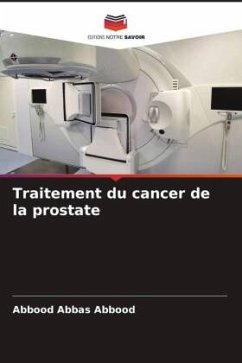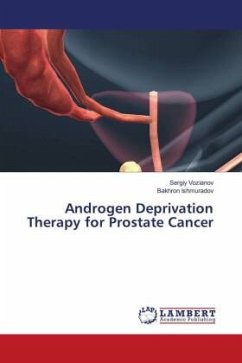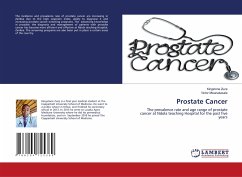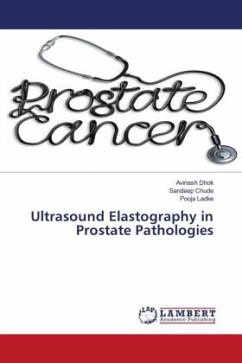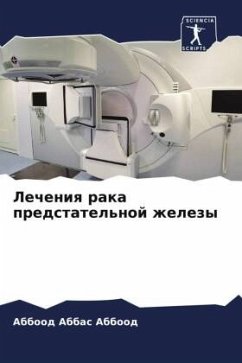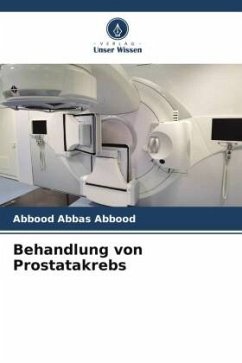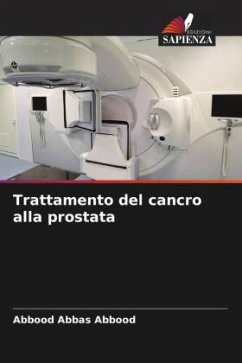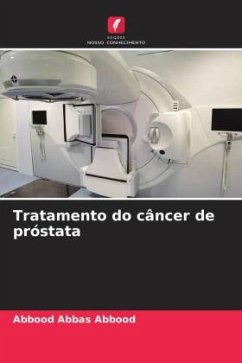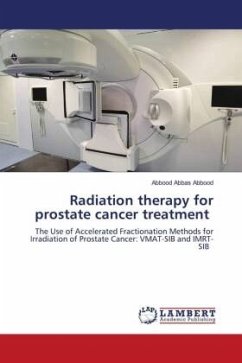
Radiation therapy for prostate cancer treatment
The Use of Accelerated Fractionation Methods for Irradiation of Prostate Cancer: VMAT-SIB and IMRT-SIB
Versandkostenfrei!
Versandfertig in 6-10 Tagen
29,99 €
inkl. MwSt.

PAYBACK Punkte
15 °P sammeln!
This book consists of 49 pages, 19 representative figures and 3 illustrative tables. The goal of the study is: using highly radiation doses to kill prostate cancer with keeping on normal cells are the bladder, rectum, left femur, right femur, and bones. And a comparative analysis of methods of irradiation of prostate cancer. The study subject is prostate cancer treatment by using VMAT-SIB and IMRT-SIB methods. Results of the study are: treatment prostate cancer with the use of VMAT-SIB and IMRT-SIB methods are more effective treatments, increased total radiation doses, shorter total treatment ...
This book consists of 49 pages, 19 representative figures and 3 illustrative tables. The goal of the study is: using highly radiation doses to kill prostate cancer with keeping on normal cells are the bladder, rectum, left femur, right femur, and bones. And a comparative analysis of methods of irradiation of prostate cancer. The study subject is prostate cancer treatment by using VMAT-SIB and IMRT-SIB methods. Results of the study are: treatment prostate cancer with the use of VMAT-SIB and IMRT-SIB methods are more effective treatments, increased total radiation doses, shorter total treatment time, at the same time had low side effects on normal tissues, and total radiation doses were calculated effectively by Linear Quadratic Model (LQ). This book is consisted of three chapters with an introduction. The following description shows the major contents of each one. Chapter One: Describes prostate cancer Chapter two: Describes radiation therapy, detailing its basic concepts and principle operation, and Detailing the treatment planning and the methods which are SIB-IMRT, SIB-VMRT, and linear quadratic model. Chapter Three: the practical results and discussion. Finally, references.



